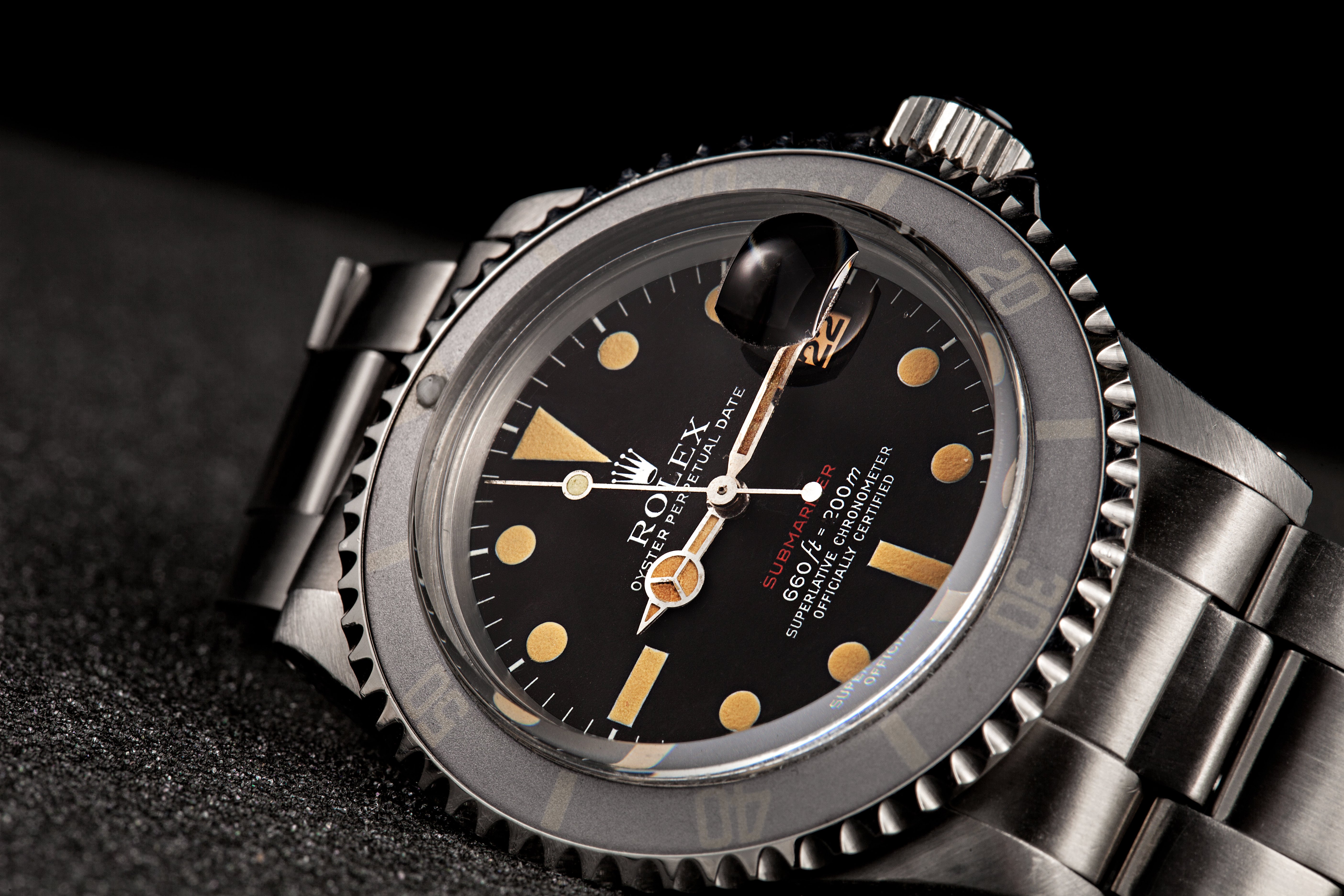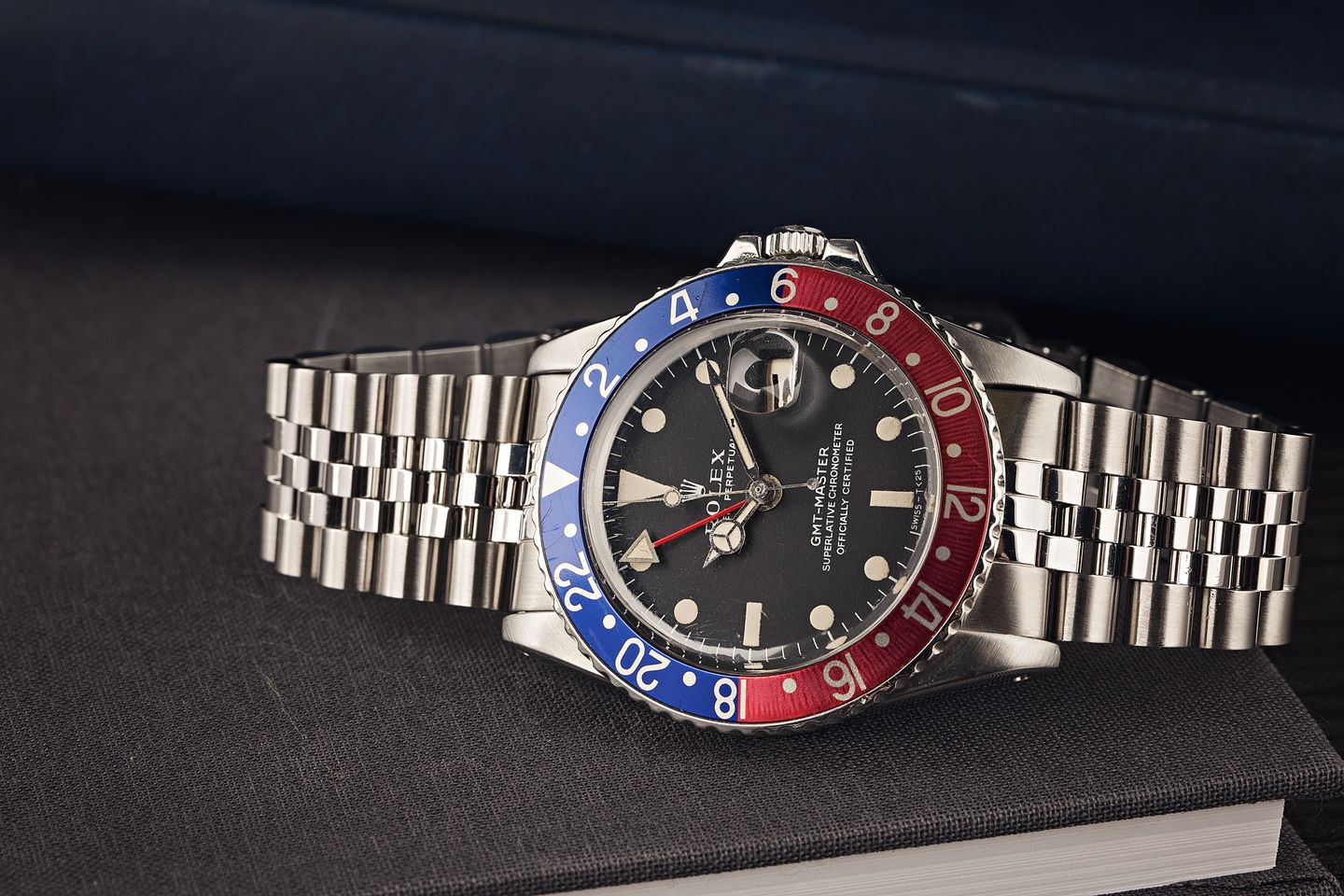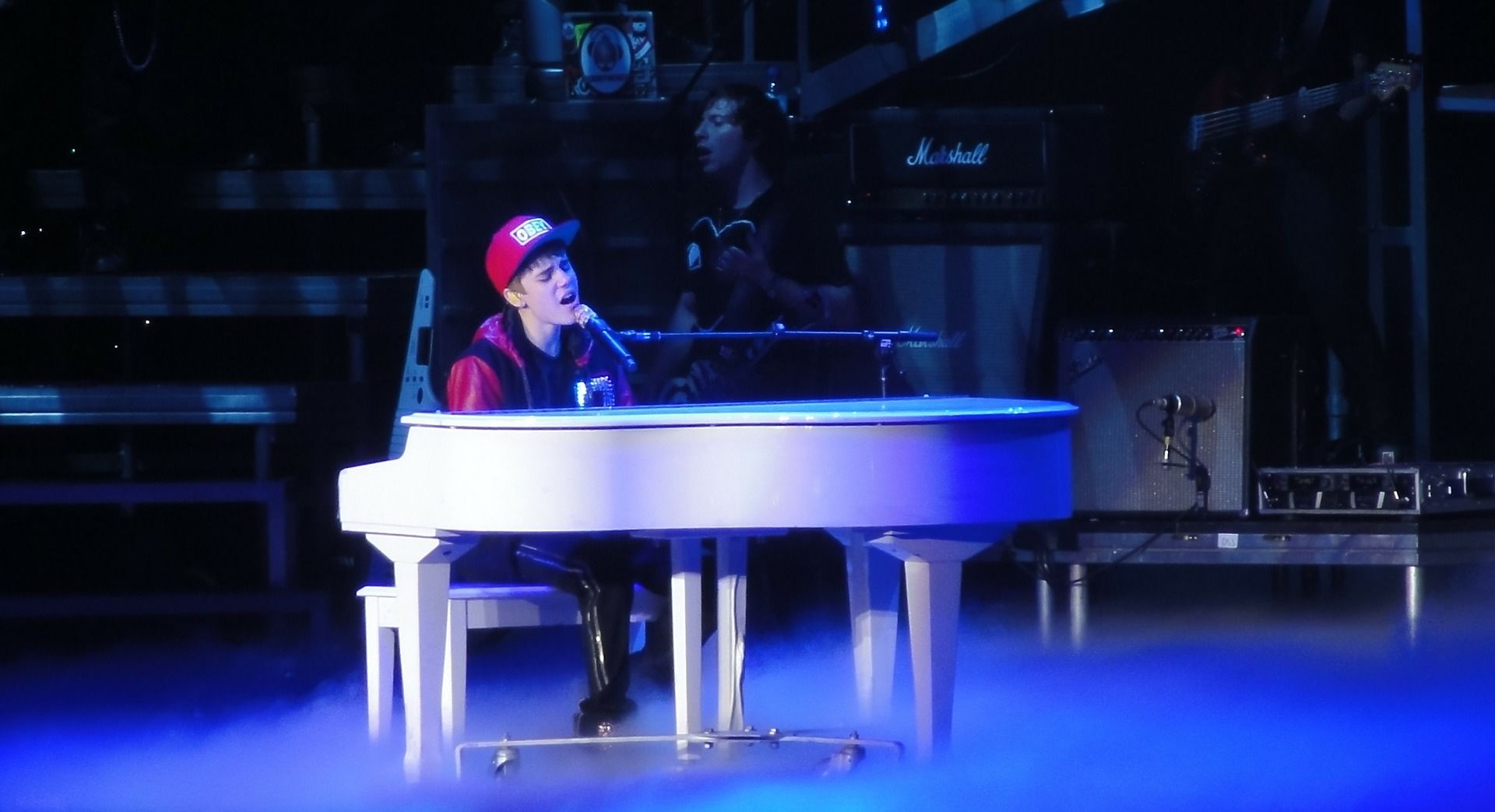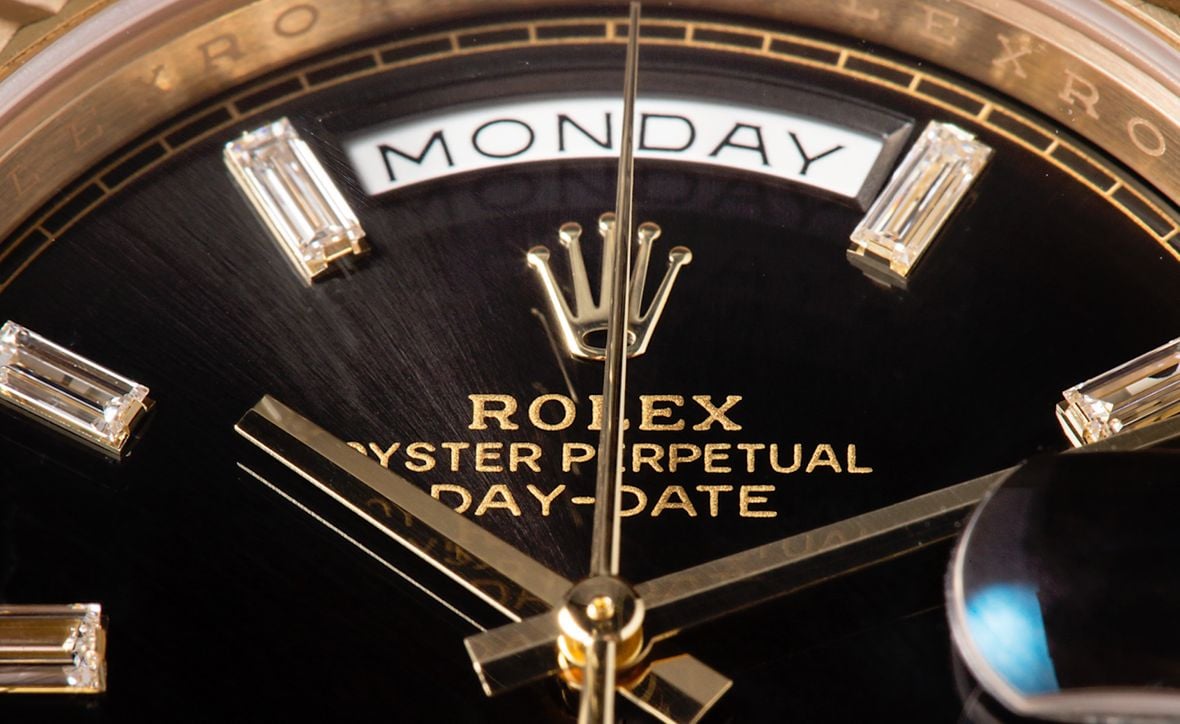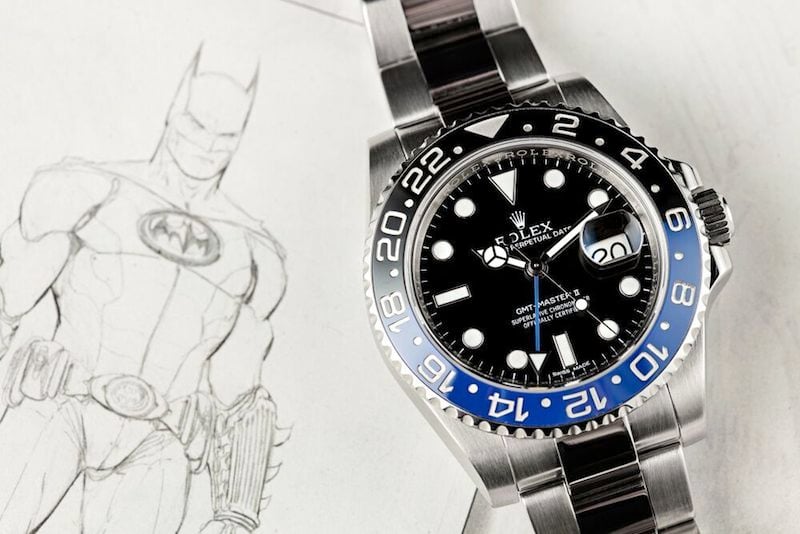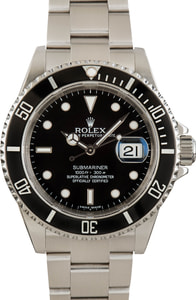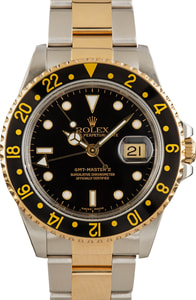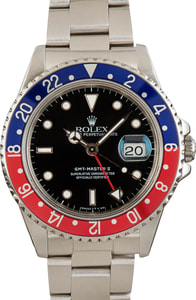What was the first Rolex watch ever made?
On the surface, it sounds like a simple enough question, however, it doesn’t really have an easy answer. The most famous icons such as the Rolex Submariner and GMT-Master were actually later additions to the lineup and were introduced a number of decades after Rolex was already producing wristwatches. The first watch Rolex ever made is really down to interpretation, and there are a number of factors to take into account.
You could say that it was the original model produced by the founder of the company, or the first one to actually bear the name ‘Rolex’ (which are not the same thing), or the answer could be a model with all, or the vast majority, of the components made in-house; in which case, depending on how nitpicky and downright pedantic you want to get, it might technically be just a few years ago.
Early Rolex history is fairly murky, but below we have a look in a bit more detail.
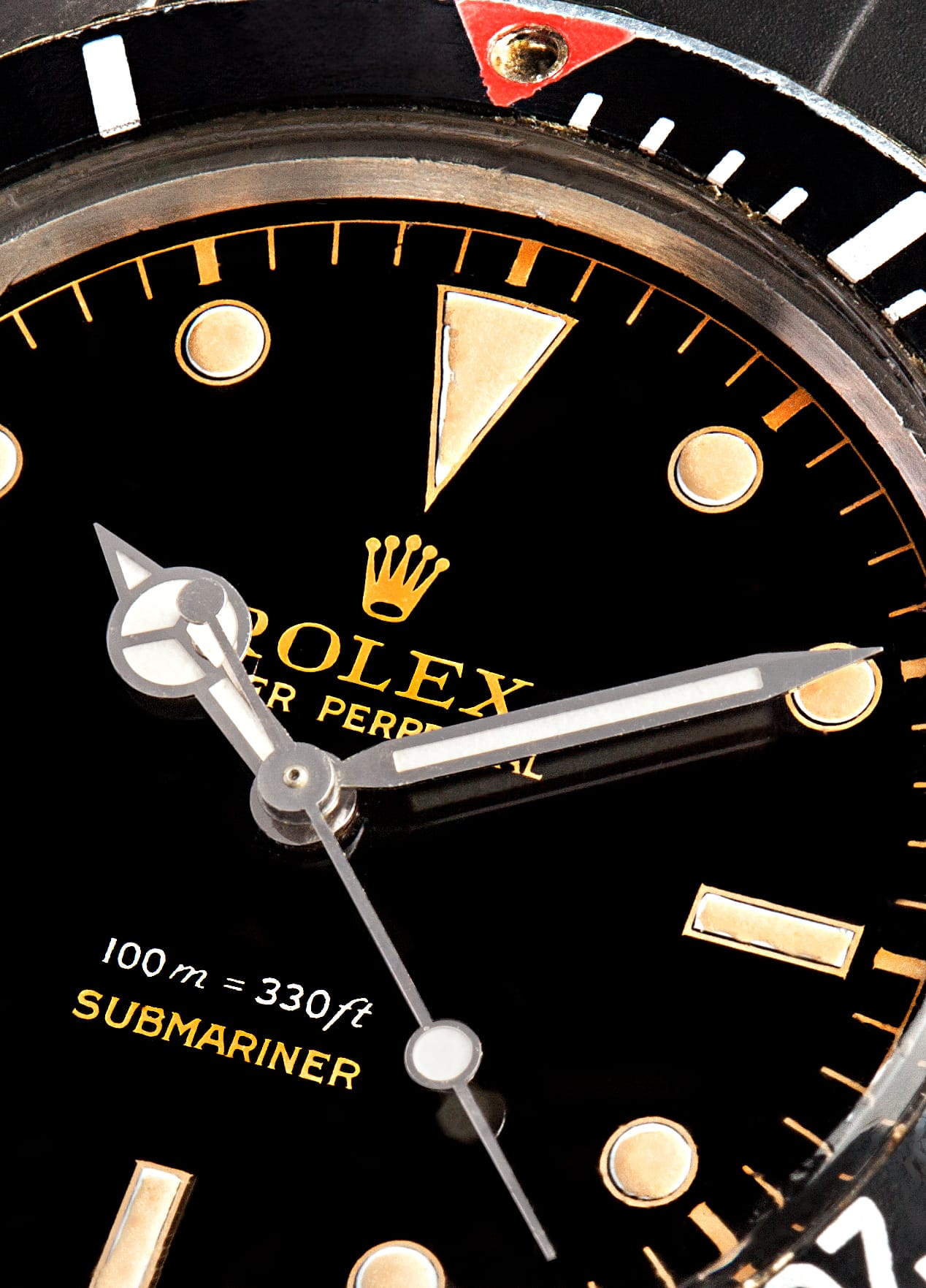
Start at the Beginning
The company that would go on to become Rolex started life in London’s Hatton Garden in 1905. Established by Bavarian entrepreneur Hans Wilsdorf and his brother-in-law Alfred Davis, the pair named it (not surprisingly) Wilsdorf & Davis.
At the outset, they were simply watch importers, buying models of varying quality from a number of suppliers, and then selling them on to jewelers. Many of these had no branding at all, leaving the retailers to stamp them with their own names. As Wilsdorf & Davis was a purely commercial business at that time, and one not creating any of the parts for the watches themselves, it is difficult to think of these as being ‘made by Rolex’ – especially as the name was yet to be thought up.
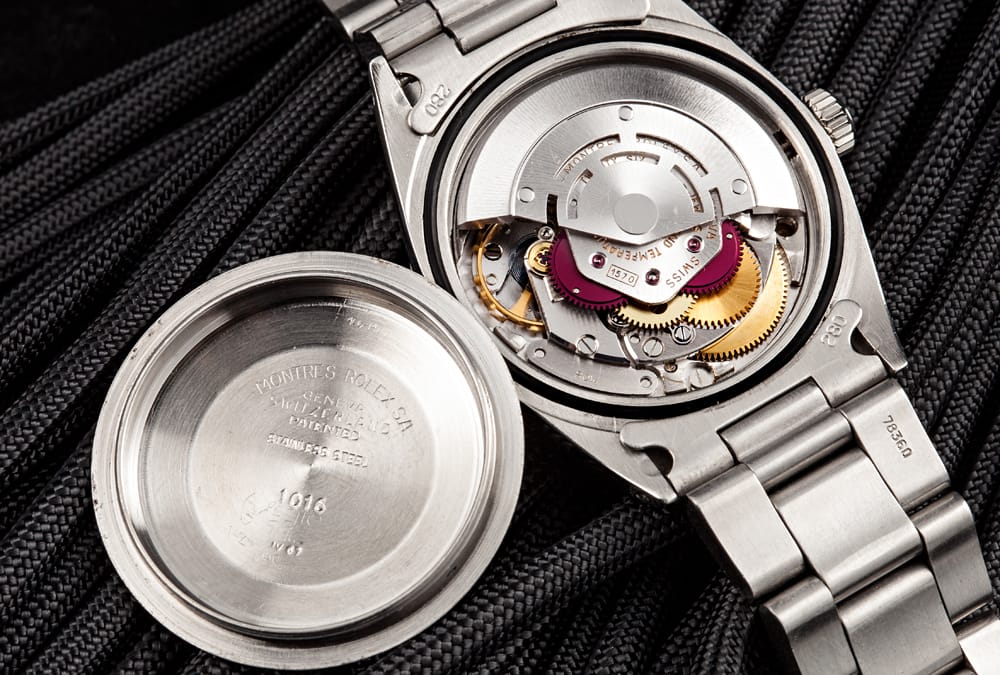
However, W&D’s top-of-the-line pieces came from a Swiss manufacturer called Aegler, who specialized in using calibers with lever escapements, a superior setup to the cylinder escapements common in cheaper watches. Even more crucially than that, the movements were particularly small, allowing them to fit in perfectly with Wilsdorf’s efforts to produce highly reliable and accurate wristwatches for men. At the turn of the 20th century, the pocket watch was the only way for a gentleman to tell the time, with wristwatches, commonly known as wristlets, the exclusive preserve of a female audience.
Wilsdorf & Davis had already placed the largest order for wristwatches ever seen with Aegler soon after setting up in business, and it was the start of a relationship that would continue for generations.
In 1908, Wilsdorf registered the name Rolex and managed to persuade a reluctant Aegler to use the new trademark on all the watches they supplied – an impressive act of persuasion as W&D still had no hand in the manufacturing. Then as now, Rolex was fully aware of the power of branding.
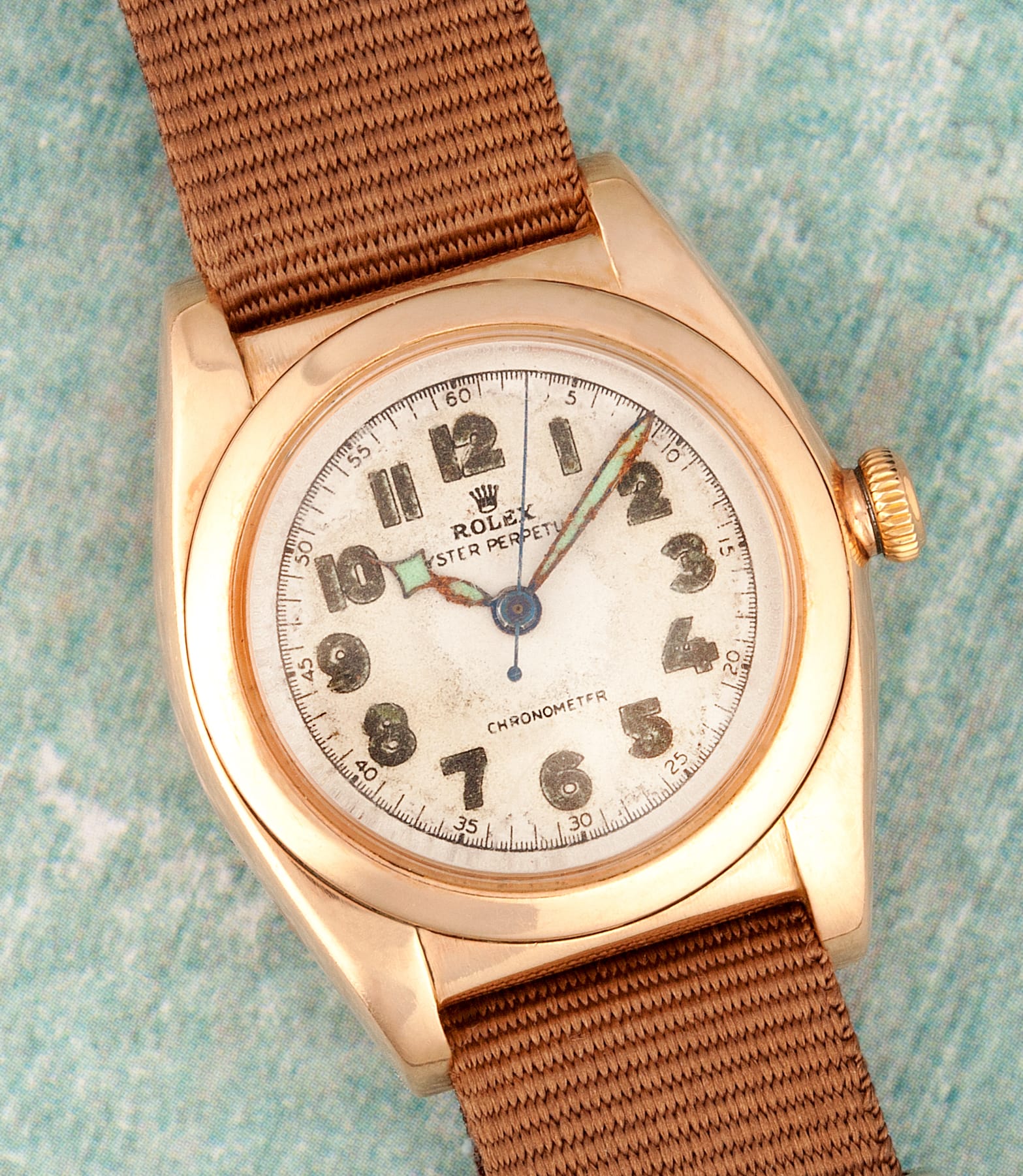
The First Rolex Chronometer
Before the Oyster case and the Perpetual movement, Hans Wilsdorf’s first breakthrough in popularizing the wristwatch came in 1910. That was the year one of their watches, supplied by Aegler, with an ’11-ligne Rebberg movement with lever escapement’ won a First Class Chronometer Certificate from the Bienne rating office in Switzerland. Curiously, neither the certificate nor the watch mentions Rolex, but Wilsdorf himself described it as the very first Rolex wristwatch chronometer.
They followed up four years later with another Aegler-built model; a ‘Keyless Crystal 11-Ligne Bracelet Watch’ which became the first wristwatch to win a Class A Chronometer Certificate from the Kew Observatory in the U.K., something which had only been awarded to marine chronometers up till then. This time, the tiny ladies model had ‘Rolex’ front and center on the dial.
But as even these pieces were made entirely by Aegler, can they claim to be Rolex watches at all?
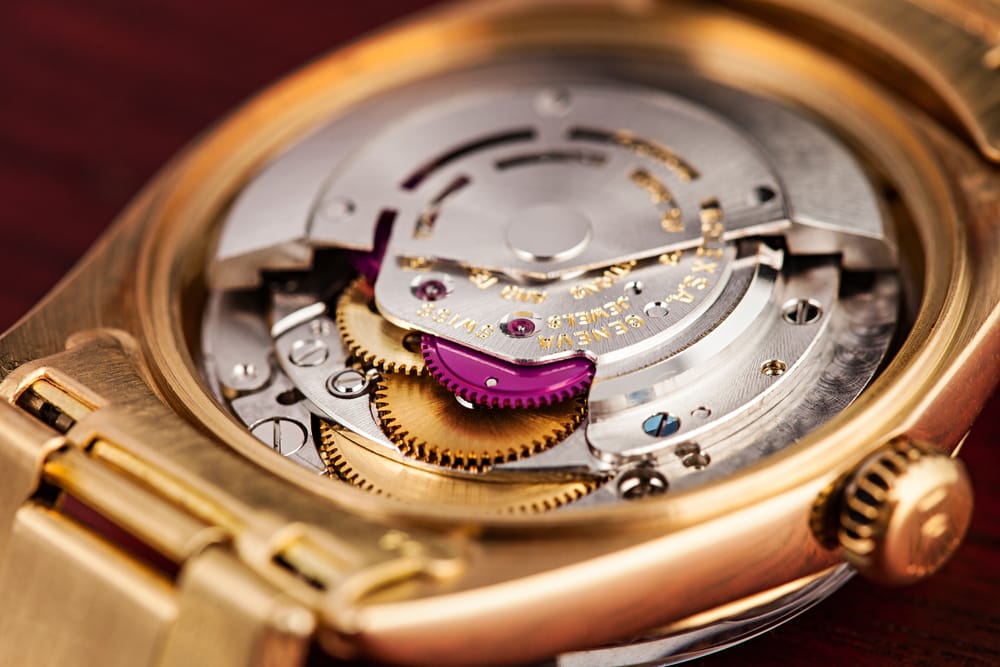
Rolex and Aegler
The bond between Rolex and Aegler only blossomed over time, helped along by the growing acceptance of the wristwatch by both men and women.
In fact, the two Swiss firms became so closely linked that in 1920, Hermann Aegler, son of the original founder Jean, bought 6,960 shares in Rolex and was appointed to the board alongside Wilsdorf and Davis. In return, Rolex and American watchmakers Gruen (their second biggest client) purchased shares in Aegler, and the firm was renamed Aegler, Society Anonyme, Manufacture des Montres: Rolex et Gruen Guild A – or Aegler Inc: makers of watches for Rolex and Gruen Guild A. (Guild A refers to Gruen’s highest grade models).
Although they were still separate legal entities, this was the first time Rolex had officially owned any part of the manufacturer which had been supplying it for more than 20 years.
However, the complicated commercial shenanigans didn’t end there. At the end of the 1930s, all the shares held by each company were sold back again, meaning the three businesses were once more owned by their original families. It was a move that only strengthened the relationship between Aegler and Rolex, who came to an exclusivity agreement that would last for decades. With the exception of chronograph movements, Rolex would only buy from Aegler and Aegler would only supply Rolex. While both remained independent, Aegler even retitled their factory ‘Manufacture des Montres Rolex SA’.
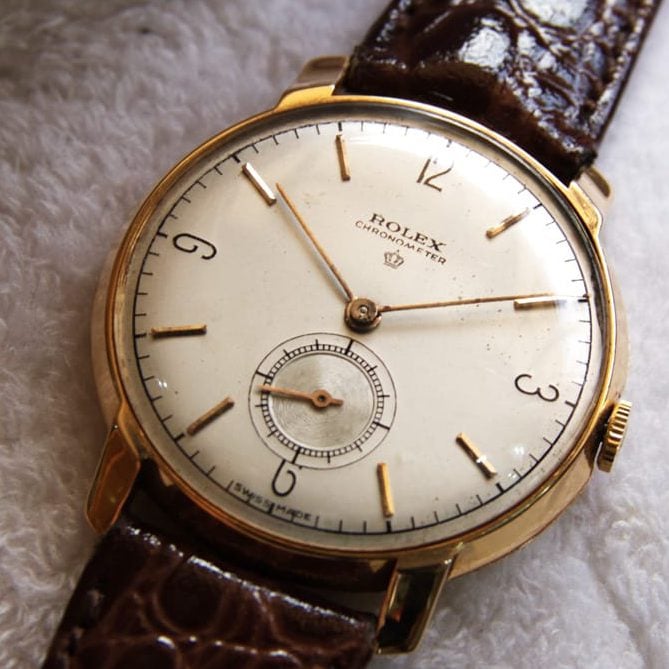
Vertical Integration
If your opinion of when a watchmaker can claim to make their own watches starts when that manufacturer creates the bulk of the components themselves, we have to fast forward 60 years.
Patrick Heiniger became only the third CEO in Rolex’s history in 1992, taking over from his father, the legendary Andre Heiniger. It was Heiniger Jr’s main focus to bring in all the various Rolex subcontractors (which at one point totaled 27 dotted all across Geneva) under the same roof. Or four roofs, to be precise.
He started by acquiring Genex, the brand’s largest case maker, before moving on to buy out Gay Frères, their long-time bracelet producer, in 1998. Dial maker Beyeler was next, followed by Boninchi, who made the winding crowns.
And the final piece of the jigsaw… While it may have been called Rolex, the movements builder was still owned by an outside concern – by this time the Borer family, which had purchased it from the Aeglers in 1969. But on the 26th March 2004, it at long last relinquished control to Heiniger for a reported $1bn, making Rolex S.A. just about the most completely vertically integrated luxury watchmaker in the world.
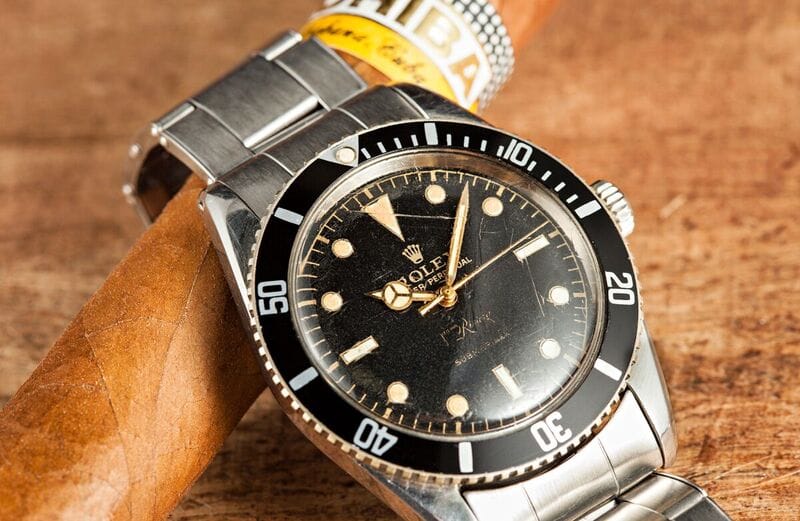
So there we have it. What was the first Rolex watch ever made? It really depends on your point of view.
It could be the original of those very early pieces supplied to London’s retailers. It could be the record-breaking model from 1910 which set the wristwatch on its way to global popularity or the one from 1914 that actually said Rolex on the dial. Or, if you want to be really nitpicking about it, it might be the first one made after the brand signed the contract that finally secured their own movement manufacturer.
Whichever it is, it is down to the vision of Hans Wilsdorf and his willingness to take a bet on the wristwatch that we have the models we have today – and those models remain some of the most recognizable and important pieces ever made. Additionally, it was Wilsdorf’s plan of acquiring suppliers that set the standard for modern vertically-integrated luxury brands across all industries.
